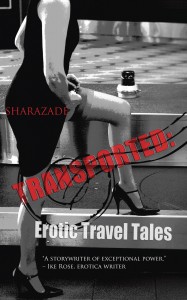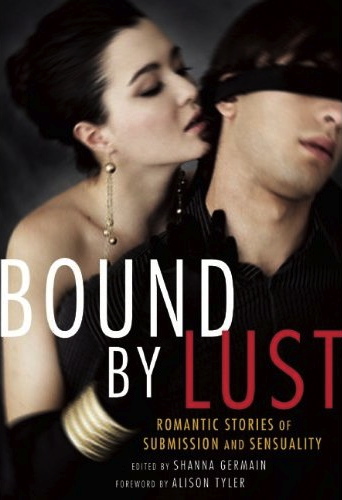One of the sweetest moments in an author’s life (well, her work life, anyway) is that moment when the printed book arrives in the mail—perhaps an advance copy, or the weighty box of author copies, destined for friends and reviewers. From the signing of a contract to finished printed copy can take a year or more, depending on the scope of the work, and here, finally, is tangible proof that you did something. You can pick it up! Turn its pages. It’s a Thing, and you made it. Naturally, you want to show it off to some friend who might admire it and say appreciative things. It’s basking time, after all.
I remember such moment, with such a book, and such a friend. The friend asked to see the book, and I handed it over. Friend opened the book to a random page in the middle, glanced down, and said, “What’s a ‘hoilday’?”
Um…. that would be a “holiday,” mistyped. It wasn’t the book’s title, or a main character’s name. It was only a photo caption. But still I felt bad about it, and of course I was bummed that it was the first thing the friend had seen! Though somehow it often seems to work out that way. You want to say, “Yes, but look how many words are spelled correctly!” though that just comes off as desperate.
An author checks her manuscript before sending it in. Computer spellcheckers help, of course. The editor checks it too (depending on the size and nature of the work, perhaps several editors), and then so does a copy editor, and sometimes also a proofreader. Copy edited pages might come back to the author who can check them again. The process is different with different publishers, but several people look over every manuscript.
So how do typos get through? I know I was a lot more critical of typos when I was an enthusiastic reader who had never published herself. My gosh, I’d think, what boob let that slip by? Were the people all drunk or asleep? But now, while I can’t put into words why typos get by, I know that they do. They do even when several very competent, careful, caring people all check the same page. Whatever the reason is, it is not (necessarily!) that the people involved are not good at what they do, or that they aren’t doing their best. In terms of inevitability, typos are up there before death, but after taxes (because some organizations are tax-exempt, right, and some states don’t have sales tax… whereas typos happen the world over).
A better question might be this: Once the book is published, and someone spots a typo, should anything be done about it? Well, of course mistakes should be fixed when 1) it is possible, and 2) it makes sense. “Sense” usually means—you guessed it—financial sense. Was my publisher going to recall and then reprint 20,000 books because “hoilday” appeared in a caption? Of course not. The error was not worth the expense it would take to correct it. In the case of the cook book that advised adding “freshly ground black people” instead of “black pepper,” the publisher had to reprint 7,000 copies at a cost of US $18,000.
So no, if you spot one instance where Steven has been rendered as Stephen, firing off an indignant letter isn’t going to accomplish anything. If you spot a mistake on every page, then you might consider sending a letter to … well, to whom? Authors, unless they self-publish, don’t have the authority or the means to reprint books. Yet readers can sometimes more easily find an email or blog site or something for an author than an editor; and of course authors can pass information on to their editor.
The only downside to informing an author that his hero Victor on page 54 has been miscast as Victim is that if nothing can be done about the mistake, the author just feels badly. A book is such hard work, and you get so emotionally invested with it, that it’s a bit of a let-down to think your readers are primarily concerned about whether the stationary should have been stationery. Of course we care. Words matter, and spelling conveys their beauty as well as their meaning. But we probably care more about plot, character, setting, and those lustful sex scenes.
It comes down to an individual preference, really. Personally? I want to know. If the mistakes can be fixed, I want to make sure that they do. (If you spot a typo in one of my blog posts, for example, tell me! and I will fix it). If they cannot, and there are a lot of them, I might want to let the publisher know in any case. To me, being informed is worth the feelings of disappointment I would invariably have.
I’ll put the question out to others, then. Authors: Do you want to know? Readers: How affected are you when you catch a typo, and what, if anything, do you usually do about it?





